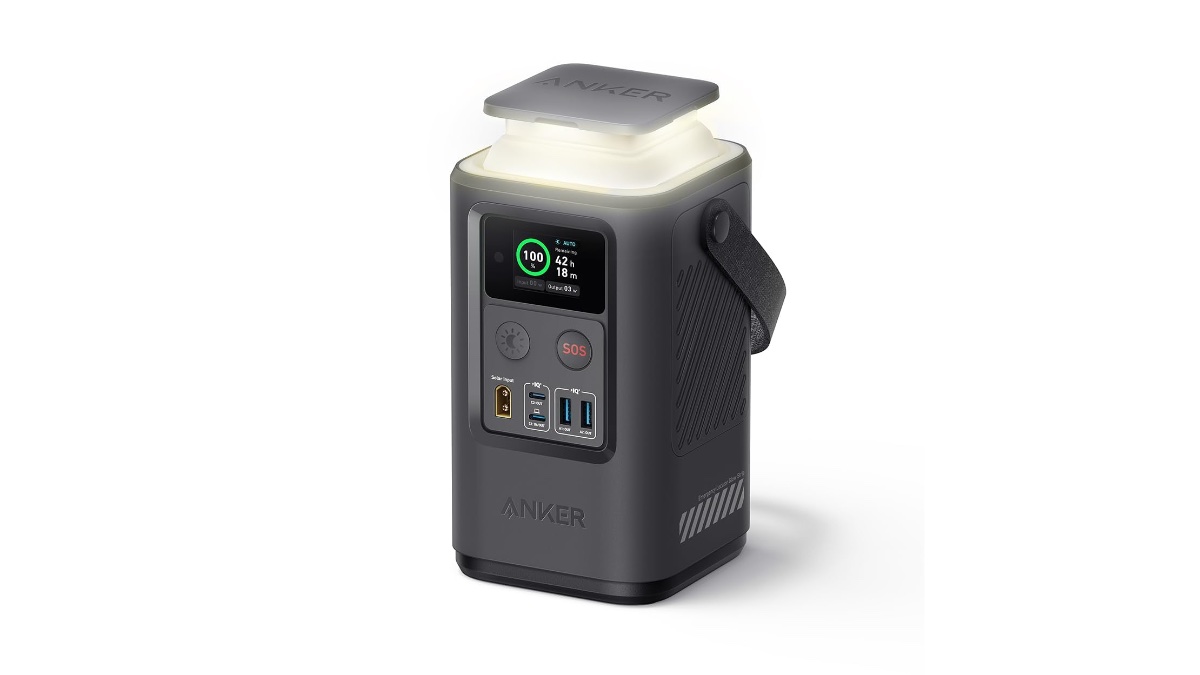A rate center is a particular geographic area that’s crucial for businesses relying on phone services, whether they’re using traditional PSTN (Public Switched Telephone Network) or making calls over the internet with VoIP (Voice over Internet Protocol). These centers outline the rules for local calling, billing, and assigning phone numbers. Essentially, they determine whether a call is local or long-distance based on its origin.
By familiarizing yourself with rate centers, you may be able to choose your phone numbers more thoughtfully. Essentially, you can use this knowledge to ensure your business appears local and accessible to customers, which means they’re more likely to want to work with you.
It also prevents your customers from facing long-distance charges, which is especially important if your business involves regular phone interactions.
By strategically aligning your communication channels with customer needs, you can simultaneously make your customers happier while reducing costs on both sides of the phone call.
Understanding rate centers
Rate centers are particular areas that help phone companies figure out how to organize and charge for calls. Each rate center is like a neighborhood for phone calls. If a call is made within this neighborhood, it’s usually seen as a local call and has its own set of charges.
Here are the key terms you need to know:
- Local Exchange Carrier (LEC): These are the phone companies that handle your local calls. They take care of the phone lines in a certain area.
- Local Access and Transport Area (LATA): This is an area defined by the government. It decides where phone companies can give their services.
Rate centers are often named after the places they serve, like a city or a town, making them easy to identify. They also have specific physical locations, pinpointed by coordinates, which are essential for accurately billing calls.
The combination of the area code (NPA) and prefix (NXX) further identifies a rate center’s location and the phone numbers associated with it. The area code is the three digits you dial before a phone number, and the prefix is the next three digits. Together, they help pinpoint the rate center’s location and the phone numbers that belong to it.
Let’s use Seattle as a real-world example to better understand how rate centers work. Seattle is a large city with a lot of different neighborhoods. Think of each rate center as a separate neighborhood in Seattle. Every neighborhood (or rate center) has its own rules for how phone calls are made and charged.
Some calls might be local within the same rate center, but they could be long-distance if they cross into another rate center. This is essential for businesses that rely heavily on phone services. It helps them understand where they might get charged more for calls and how to choose their phone numbers wisely.
Business implications of rate centers
For businesses using traditional phones, the rate centers play a large role. For those using business phone services that run over the internet (i.e. VoIP), rate centers play less of a role, but they are still relevant.
I’ll cover implications for traditional phones first, and then we’ll look at the implications for VoIP phone systems.
Choosing phone numbers strategically
Selecting phone numbers in specific rate centers can reduce call costs or enhance customer engagement. For local businesses like retail stores or restaurants, having a number in the same rate center as most customers means they can reach you at local rates, appealing to those who prefer local interactions.
Conversely, online businesses, which typically engage customers nationally or globally, may prioritize different aspects of telecom services.
Understanding advantages of toll-free numbers
Toll-free numbers offer a unique advantage as they aren’t limited by geographic rate centers. This makes them ideal for businesses looking to attract a broader customer base, such as online education platforms, telehealth services, or any business aiming for national reach. Customers can call these numbers without long-distance charges, regardless of their location relative to your business.
SEE: Learn more about toll-free vs. local numbers.
Navigating number porting with rate centers
When you move your business phone number from one provider to another (a process called number porting), rate centers play a crucial role. This process can vary significantly between PSTN and VoIP solutions.
If you’re porting an existing phone number to VoIP, the new provider might not support the rate center of your old number. This could prevent you from keeping your existing number. Make sure you check with the new provider to see if they support your current rate center before making a switch.
Reviewing number allocation regularly
The telecom landscape is constantly changing. New rate centers can emerge, and providers may update their services. It’s a good idea to review your phone number allocation regularly. This ensures that your numbers are still serving your business needs effectively, whether that’s saving on call costs or maintaining local customer engagement.
VoIP and rate centers
While a landline depends on rate centers for determining call routing, billing, and assigning phone numbers based on physical geography, VoIP operates with far more flexibility.
VoIP providers use rate centers to assign numbers with specific area codes and prefixes. This allows businesses to choose numbers tied to particular geographic locations, even if the business itself is not physically present there.
This feature is especially useful for establishing a local presence virtually. For customers, the geographic association of a number — defined by the rate center — can impact their willingness to call or view the business as local and accessible. A VoIP number tied to a local rate center can enhance customer trust and accessibility.
Importantly, VoIP bypasses the traditional billing structures tied to rate centers. Calls are routed via the internet rather than physical exchanges, eliminating long-distance charges and offering greater cost efficiency for businesses and their customers.
SEE: Learn more about the differences between a landline and VoIP.
How to look up a rate center
Finding the rate center for a particular geographic area is relatively straightforward, thanks to various online tools. These tools allow you to enter specific information, such as a phone number or geographic details, to determine the associated rate center. Some popular tools include the North American Numbering Plan Administration and Local Calling Guide.
If you already have a phone number, enter it into the lookup tool to find its rate center. If you don’t have a specific number, knowing the geographic details — such as the city, state, or area code — can help identify the relevant rate center.
These online resources allow you to easily find the rate center associated with a phone number or geographic area. This information is handy for making strategic decisions regarding phone number purchases, understanding billing implications, or planning number porting.









Leave a Comment